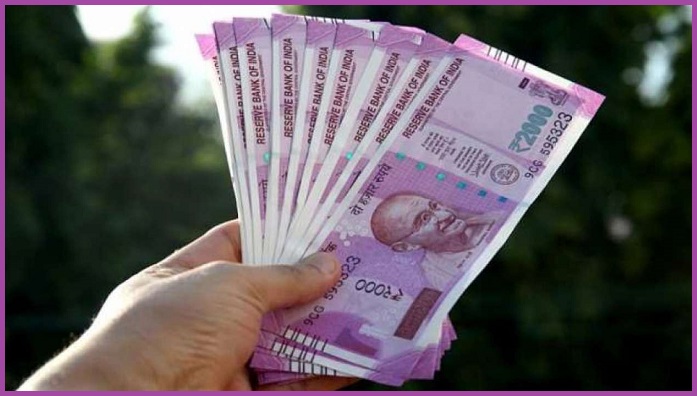The central bank announced that it will be removing ₹2,000 notes from circulation. People will have until September 30 to exchange or deposit these notes into their bank accounts.
Starting from May 23, the Reserve Bank of India (RBI) and other banks will accept ₹2,000 notes and exchange them for lower denomination currency at their 19 regional offices.
It’s important to note that these ₹2,000 notes will still be considered legal tender, according to the RBI.
However, all banks have been instructed to stop issuing ₹2,000 notes immediately.
The RBI began printing ₹2,000 notes in November 2016 when Prime Minister Narendra Modi eliminated high-value ₹1,000 and ₹500 notes overnight.
The RBI stated that the objective of introducing ₹2,000 notes was achieved once an adequate quantity of banknotes in other denominations became available.
Consequently, printing of ₹2,000 notes ceased in 2018-19, as per the RBI’s statement.
To ensure convenience and minimize disruption to regular banking activities, individuals will be allowed to exchange ₹2,000 notes for other denominations up to a limit of ₹20,000 at any bank, starting from May 23, 2023.
People can continue to deposit or exchange ₹2,000 notes for lower denomination currency until September 30, with a limit of ₹20,000 per transaction.
The RBI may extend the deadline if necessary. Even after the deadline, any remaining ₹2,000 notes will still be considered valid currency.
According to sources, around 89% of ₹2,000 notes were issued before March 2017 and have reached the end of their estimated lifespan of four to five years.
The total value of these notes in circulation has decreased from ₹6.73 lakh crore (37.3% of total notes in circulation) on March 31, 2018, to ₹3.62 lakh crore (10.8% of total notes in circulation) on March 31, 2023.
The central bank emphasized that ₹2,000 notes are not commonly used for transactions.
A similar withdrawal of notes from circulation was carried out by the RBI in 2013-2014.
